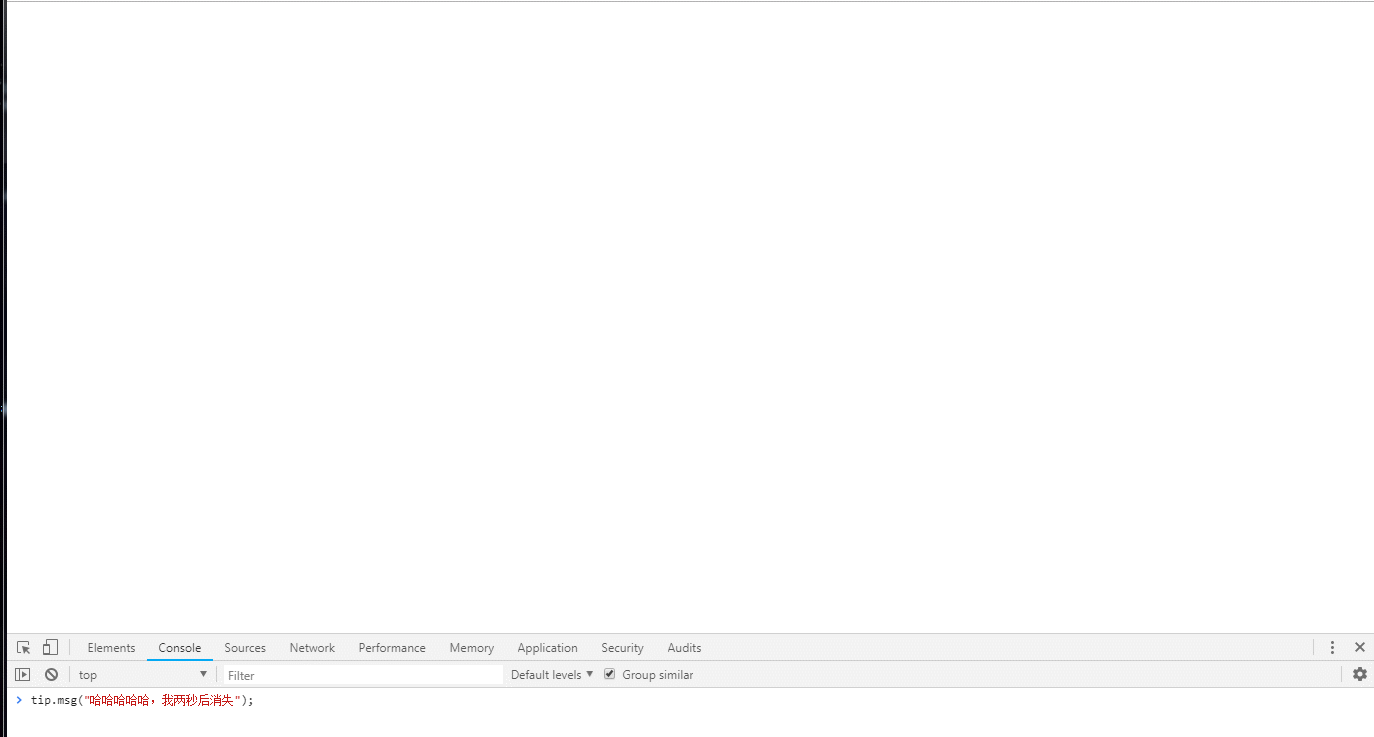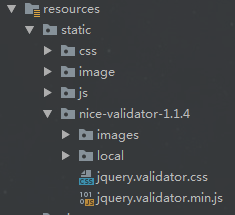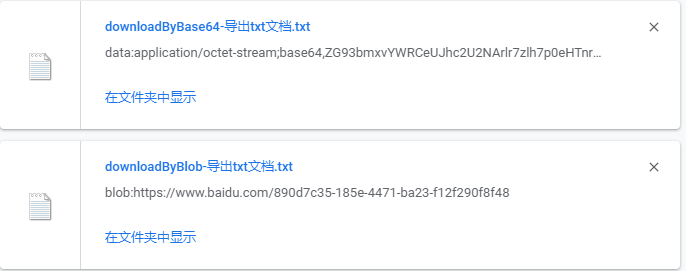对于H5来说,canvas可以说是它最有特色的一个地方了,有了它之后我们可以随意的在网页上画各种各样的图形,做一些小游戏啊什么的。canvas这个标签的用法,在网上也有特别多的教程了,这里就不作介绍了。今天我们就用canvas来做一个小小的时钟。完整的代码在这里nofollow" target="_blank" ref="https://github.com/wwervin72/HTML5-Clock">https://github.com/wwervin72/HTML5-Clock。
那么首先在这个页面里面我使用了两个canvas,一个用来绘制静态的时钟表盘和刻度,另一个用来绘制时钟的三个指针,然后用定位让他们重合到一起。然后这里没什么好说的,下面附上代码。
到了这里准备工作就做完了,下面就准备绘制时钟了。我先定义了一个绘制时钟表盘的构造函数。
// 获得分钟数字的坐标
var numx=200+(this.radius-this.platelen-this.numLen)Math.sin(6iMath.PI/180);
var numy=200-(this.radius-this.platelen-this.numLen)Math.cos(6iMath.PI/180);
//获得小时数字的坐标
var numX=200+(this.radius-this.platelen-this.NUMLEN)Math.sin(6iMath.PI/180);
var numY=200-(this.radius-this.platelen-this.NUMLEN)Math.cos(6iMath.PI/180);
return {X:X,Y:Y,x:x,y:y,numx:numx,numy:numy,numX:numX,numY:numY};
};
this.drawCalibration=function(){ //画刻度
for(var i=0,coorObj;i<60;i++){
coorObj=this.getCalibCoor(i);
this.cnt.beginPath();
this.cnt.moveto(coorObj.X,coorObj.Y);
this.cnt.lineto(coorObj.x,coorObj.y);
this.cnt.closePath();
this.cnt.linewidth=this.linewidth;
this.cnt.strokeStyle='#ddd';
i%5==0&&(this.cnt.strokeStyle='#aaa')
&&(this.cnt.linewidth=this.linewidth2);
i%15==0&&(this.cnt.strokeStyle='#999')
&&(this.cnt.linewidth=this.linewidth3);
this.cnt.stroke();
this.cnt.font='10px Arial';
this.cnt.fillStyle='rgba(0,.2)';
this.cnt.fillText(i,coorObj.numx-7,coorObj.numy+3);
i%5==0&&(this.cnt.fillStyle='rgba(0,.5)')
&&(this.cnt.font='18px Arial')
&&(this.cnt.fillText(i/5,coorObj.numX-5,coorObj.numY+5));
}
};
}
var clock=new drawclock(cntP,200,5,1,10,25); //实例化一个表盘对象
clock.drawCalibration();
这里最重要的部分就应该是获得刻度和数字绘制的坐标了。我把绘制刻度的起始点放在了表盘的边缘上,然后从表盘的半径上减去刻度的长度,就可以得到刻度终点的位置,然后利用角度和三角函数得到两个点的坐标。最后就可以绘制出表盘的刻度了。下面绘制出表盘上的数字也是一样的方法。我这里吧表盘的中心放在了(200,200)这里位置。到了这里我们就已经绘制好了一个静态的时钟表盘。
var x=200-20Math.sin(i); //终点的坐标
var y=200+20Math.cos(i);
return {X:X,y:y};
};
this.drawNeedle=function(){
var d=new Date().getTime();
var angle;
switch(this.obj){
case 0:
angle=(d/3600000%24+8)/12360Math.PI/180;
break;
case 1:
angle=d/60000%60/60360Math.PI/180;
break;
case 2:
angle=d/1000%60/60360Math.PI/180;
break;
}
var coorobj=this.getNeedleCoor(angle);
this.cnt.beginPath();
this.cnt.moveto(coorobj.x,coorobj.y);
this.cnt.lineto(coorobj.X,coorobj.Y);
// this.cnt.closePath();
this.cnt.linewidth=this.linewidth;
this.cnt.strokeStyle=this.strokeStyle;
this.cnt.lineCap=this.lineCap;
this.cnt.stroke();
}
}
这里有两个地方需要说一下:1、在我们获得当前时间的的毫秒数,然后转换为小时的时候,对24取模计算出当天的小时数的时候,这里需要加上8。2、如果想要使用lineCap这个属性吗,那么上面在设置路径的时候,不要用closePath()。
到了这里我们还需要一个来绘制指针的方法,并且让指针看起来能够转动:
下面附上该时钟的图片:

内容,希望对大家的学习有所帮助。






